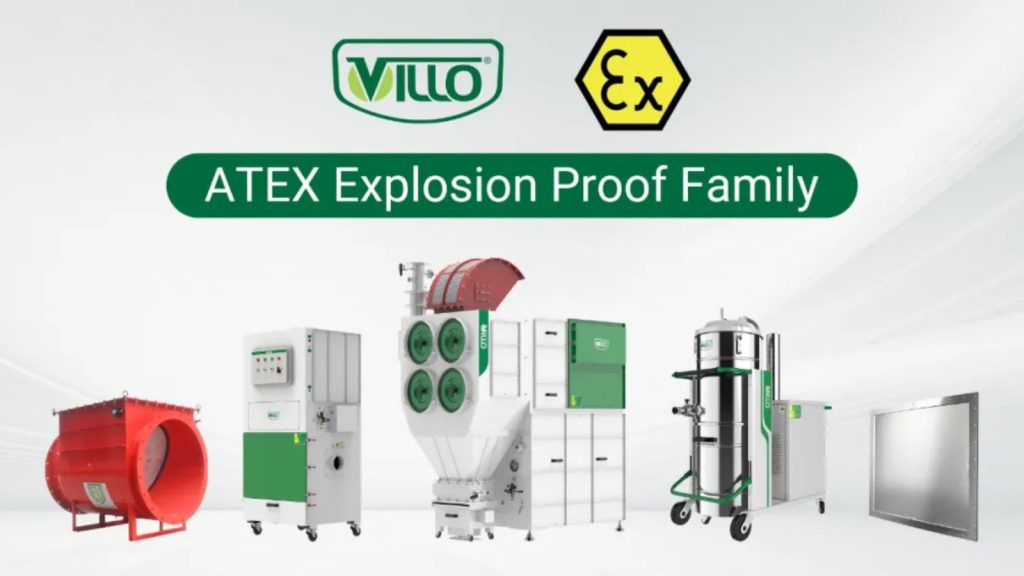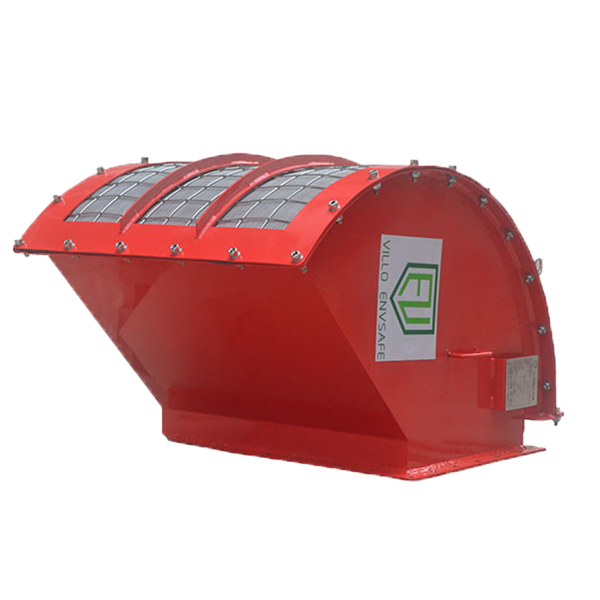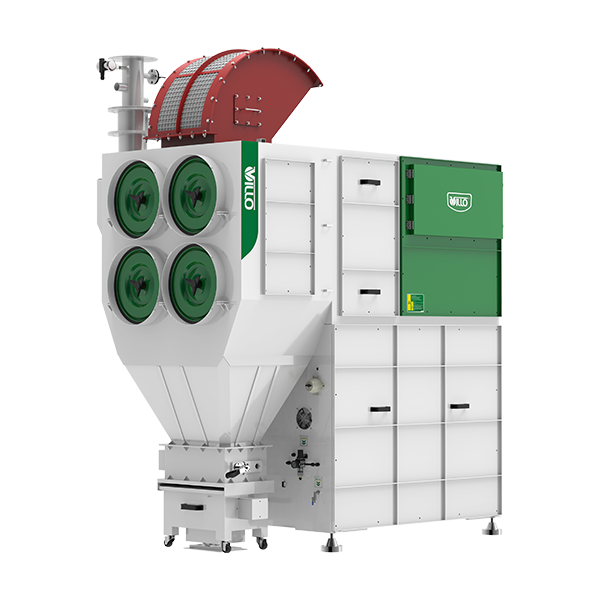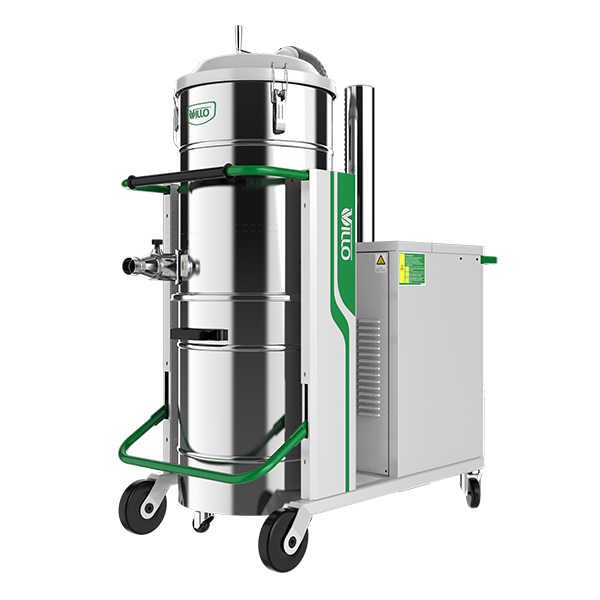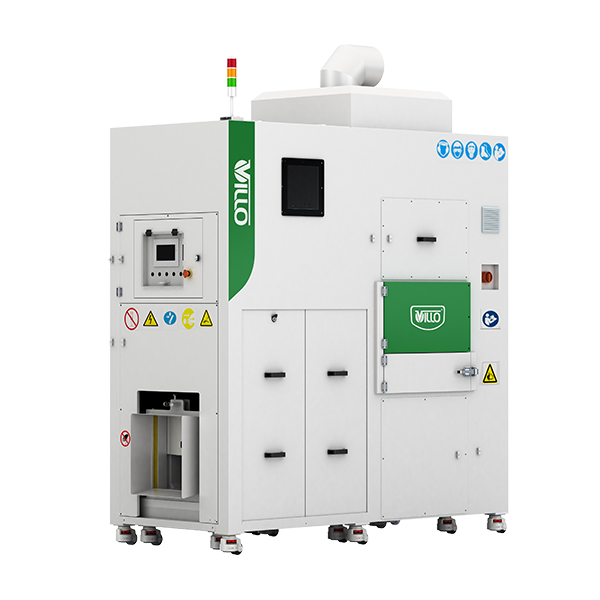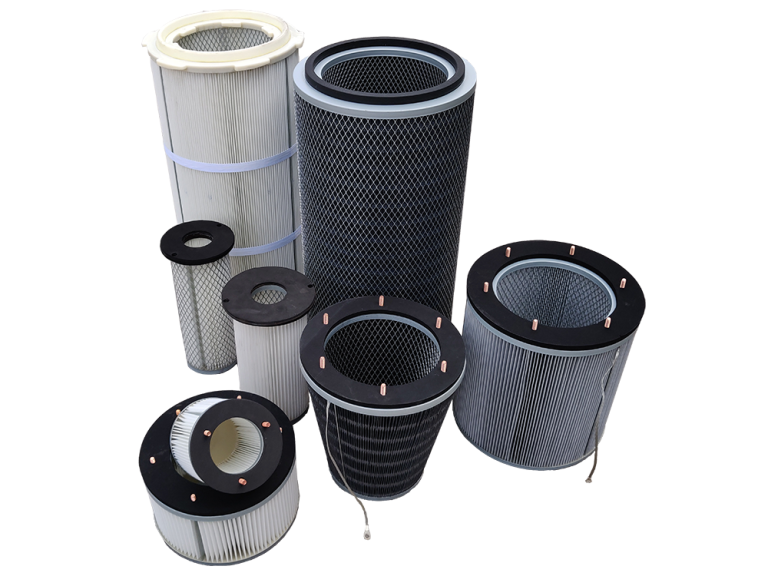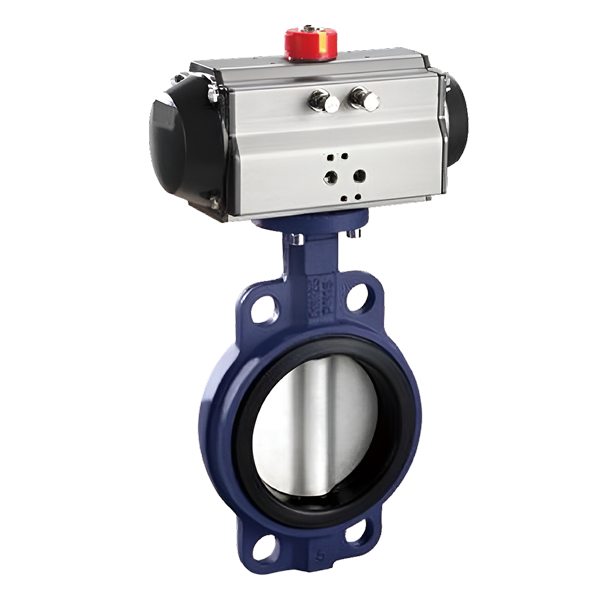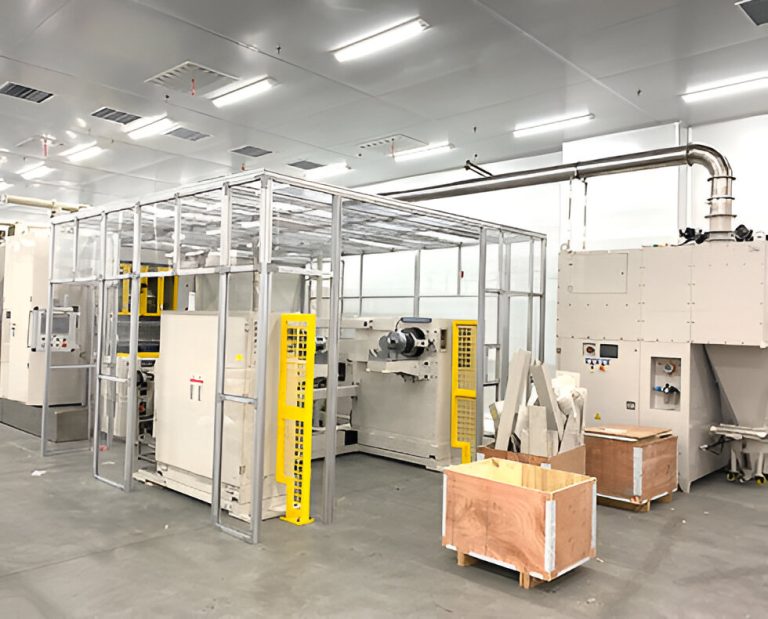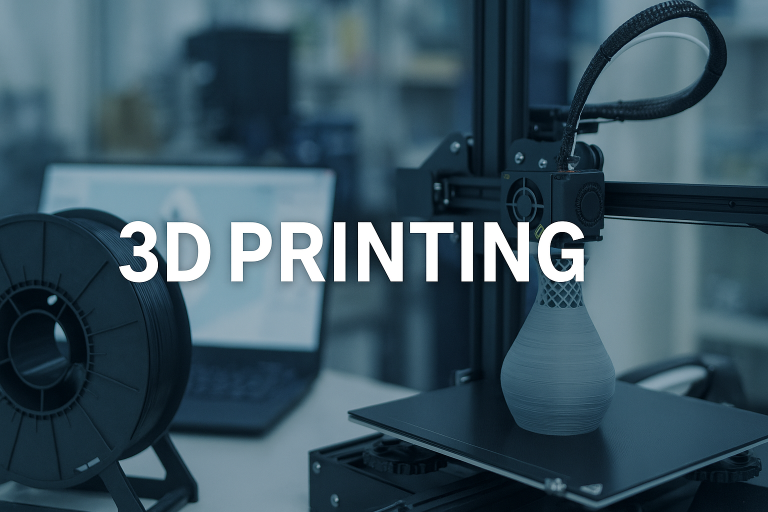In industrial settings, effective dust collection is crucial for maintaining a clean and safe working environment. Selecting the right dust collection equipment can significantly impact operational efficiency, compliance with regulations, and overall workplace safety. Here are six key factors to consider when choosing dust collection equipment for your facility.
1. Operation Conditions
Understanding the specific operational conditions is essential. Different processes generate varying types and amounts of dust, including:
- Cutting/Welding: These operations often produce fine metal particles and fumes.
- Grinding: This can create dust from the materials being worked on.
- Mixing/Feeding: Powders and bulk materials can lead to dust generation.
- Floor Cleaning: Regular maintenance can stir up dust and debris.
Identifying the primary activities in your facility will help determine the type of dust collection equipment needed.
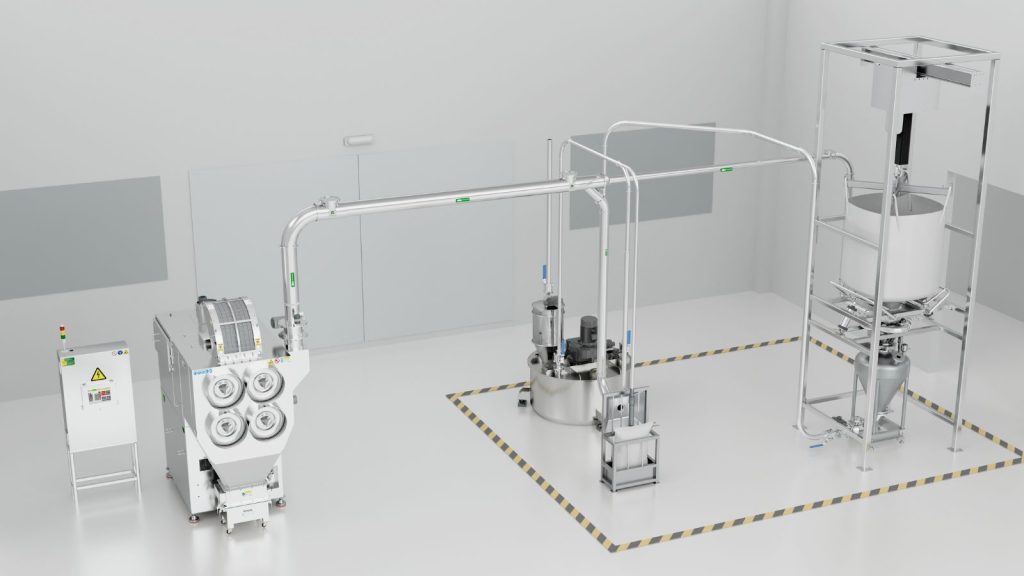
2. Dust Properties
The characteristics of the dust being collected are vital in equipment selection. Key properties to assess include:
- Type of Dust: Different materials (metal, wood, plastic, etc.) require different handling methods.
- Dust Production Capacity: Understanding how much dust is produced during operations helps gauge the necessary equipment capacity.
- Dust Particle Size: Fine particles may need specialized filtration methods.
- Chemical Properties of Dust: Some dusts may be hazardous, requiring specific handling and filtration standards.
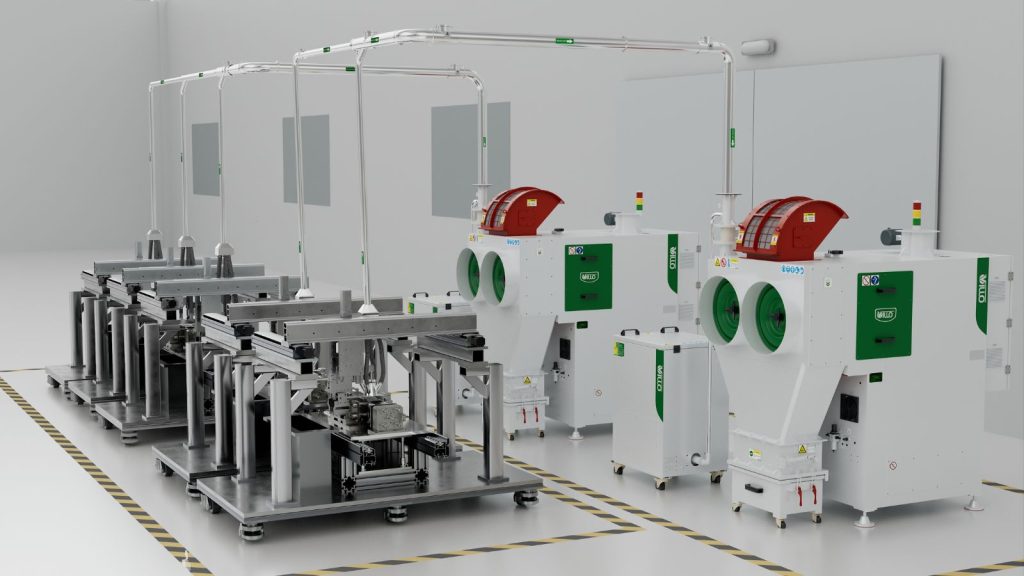
3. Dust Removal Method
Consider how the dust collection system will be set up:
- One-to-One Connection: A dedicated dust collector for each machine.
- One-to-Multi: A single collector servicing multiple machines.
- Central Dust Collection: A centralized system that collects dust from various points in the facility.
Each method has its benefits and may be more suitable depending on your operation scale and layout.
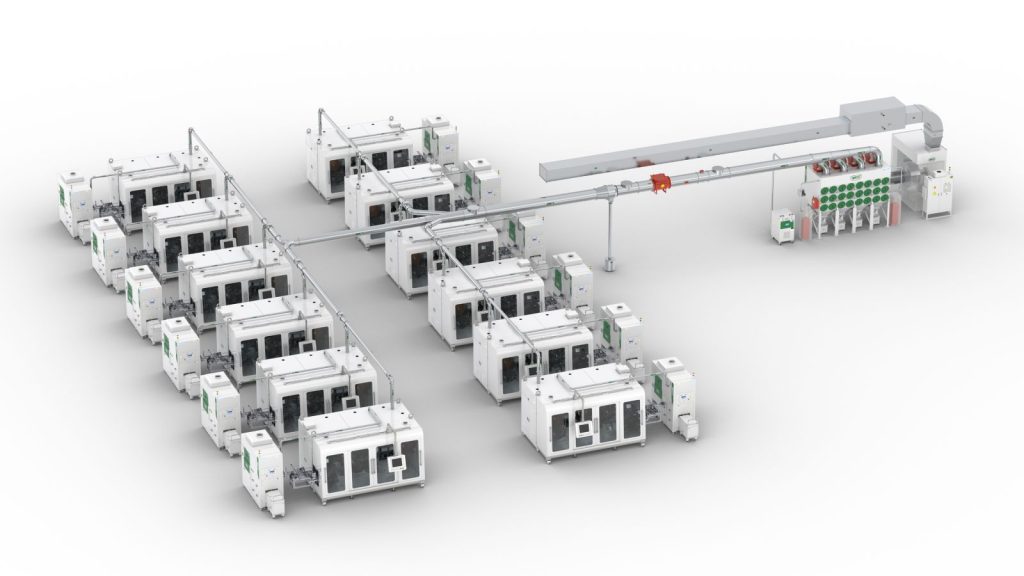
4. Placement Requirements
The location of the dust collection equipment in relation to dust-producing machines is critical. Key placement considerations include:
- Is the collector placed nearby the dust production machine?
- Are there workshop layout plans available?
- Have you calculated potential pressure loss in the system?
- Is there an effective pipeline design in place?
Proper placement can enhance efficiency and effectiveness in dust collection.
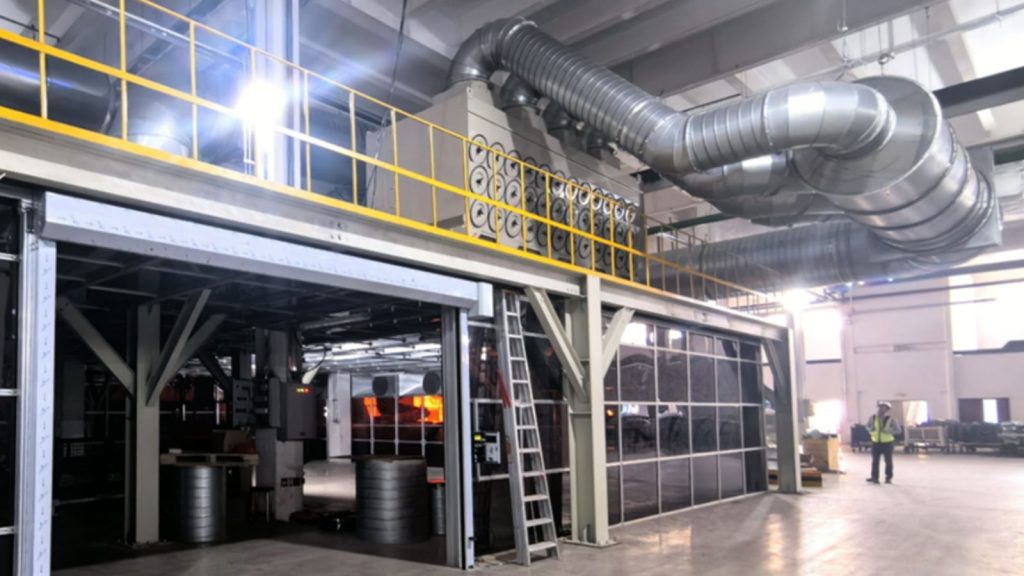
5. Pipeline Design – Obstacles
When designing the pipeline for your dust collection system, consider potential obstacles that could impede airflow, such as:
- Other Machine Obstructions: Ensure that other equipment does not block airflow.
- Height Limitations: Check for any height restrictions that might affect the installation.
- Interference with Wiring: Ensure that electrical wiring does not interfere with the dust collection system.
Addressing these obstacles in the design phase can prevent operational issues later.
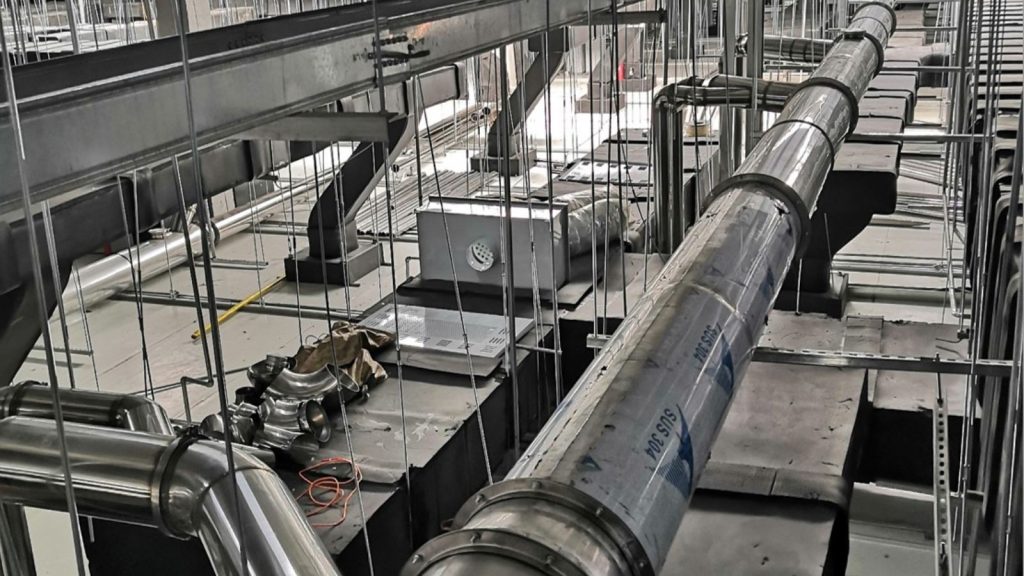
6. Compliance Requirements
Lastly, it's essential to ensure that your dust collection system meets all regulatory compliance standards, including:
- Emission Grade Requirements: Understand the emissions standards applicable to your industry.
- Discharge Locations: Consider whether dust will be discharged inside the workshop or outside.
- Certification Requirements: Ensure the equipment meets necessary certifications like CE, UL, or ATEX.
Adhering to these compliance requirements is crucial for safety and legal standards in your operations. Explore our comprehensive range of industrial dust collection systems at: https://villotech.com/industrial-dust-collectors/ to find the perfect solution for your business.
